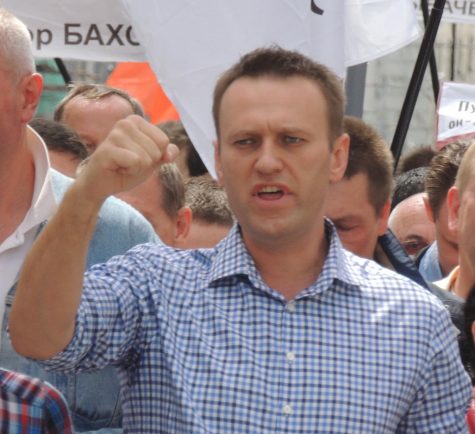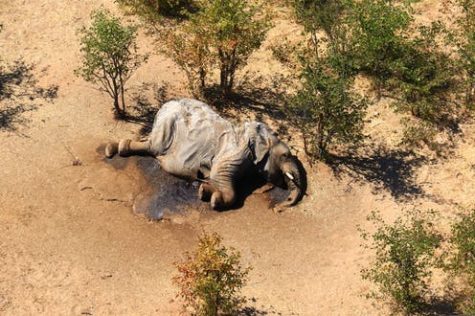Your September Briefing
Navalny and Novichok: Poisoning in Moscow

In August, the prominent anti-Putin activist Alexei Navalny was poisoned, according to analysts at German, Swedish, and French laboratories. Now recovered, Navalny believes that Vladamir Putin, the Russian President, tried to make an attempt on Navalny’s life, both because of the publicly inaccessible chemical agent used during the poisoning and the recent protests in the Khabarovsk region. Russia denies all accusations of involvement, sometimes denying the fact that Navalny was poisoned at all and once suggesting that Navalny poisoned himself. Still, several political analysts believe that this is a sign that Navalny has become a true threat to Vladimir Putin’s administration; after portraying Navalny as unimportant by never even saying his name when discussing the opposition, crossing the line to murder dilineates Navalny as a legitimate rival in the administration’s eyes. Regardless of the perpetrator of the poisoning, analysts like Andrei Kelsnikov from the Carnegie Moscow Center claim that “[a]fter the poisoning, [Navalny] simply became a more and more recognizable figure in Russia and a more and more important figure for the West, and especially for the European Union.”
Dissent in Belarus

Appearing in increasingly massive groups, Belarusians have been protesting the reelection of President Aleksandr Lukashenko since August this year, albeit the threat of violence and jail-time from the state-controlled police force. The official results of the election, that declared Lukashenko the winner by earning around 80% in contrast to his his opposition, Svetlana Tkhanovskaya, who supposedly earned 10%, are largely disputed by both exit polls and outside observers like the European Union and U.S State Department. In response, tens of thousands of Belarusians took to the streets across sixteen cities, calling for Lukashenko to resign; however Lukashenko has reacted to those calls by directing his police force to quell the protests using violence and exiling opposition leaders, including Tkhanovskaya. Some claim these actions are reminiscent of the communist Russia’s own tactics, speculating that Lukashenko plans to cover up his weaknesses with these violent tactics to gain security guarantees from the Russian government. So far, over 13,000 Belarusians have been detained, 103 have been injured, and 50 have gone missing.
Elephants in Botswana

In late September, government officials in Botswana claimed they found the answer to the death of over 300 elephants over May and June this year: toxins produced by cyanobacteria in watering holes. While officers at the Botswana department of wildlife and national parks do say that the deaths could be explained by numerous hypotheses and the centers that tested the water holes will not give very specific information, around 70% of elephant deaths were confirmed by locals to have occurred in proximity of one of the affected watering holes. This cause might be linked with the death of more than 20 elephants in Zimbabwe this past August, but the officers in Zimbabwe believe that these deaths could be caused by a bacterial infection, specifically by a strain of bacteria that killed 200,000 antelope in Kazakhstan in 2015. In any case, each government is taking steps to prevent the loss of this endangered species; officials in Botswana are tracking the growth of algae through the rainy season and more tests are being done on samples of Zimbabwe’s dead elephants in the UK.
Tasmanian Troubles
Over the course of September, almost 500 pilot whales stranded themselves in Macquarie

Harbor, breaking the record for stranding in Australia. Of those whales, only 108 survived and were returned to sea, others dying of exhaustion and dehydration. Although the actual stranding of pilot whales in Tasmania is nothing new–80% of Australian whale strandings occur on the Tasmanian coast–scientists are especially concerned with the sheer magnitude of the standings. What’s more, the cause of the strandings are unclear. Leading theories include inhibition of whales’ sonar detection by gradually sloping beaches, disorientation after hunting fish to shore, and the domino effect of an individual whale going to shore. Others suggest looking to the indigenous people of Australia for help; due to the relatively common belief that whales are spiritually transformed ancestors who are meant to guide indigenous people, any change in whales surfacing, stranding, or migration pattern is an important omen, offering a reliable record dating centuries back to scientists today.

